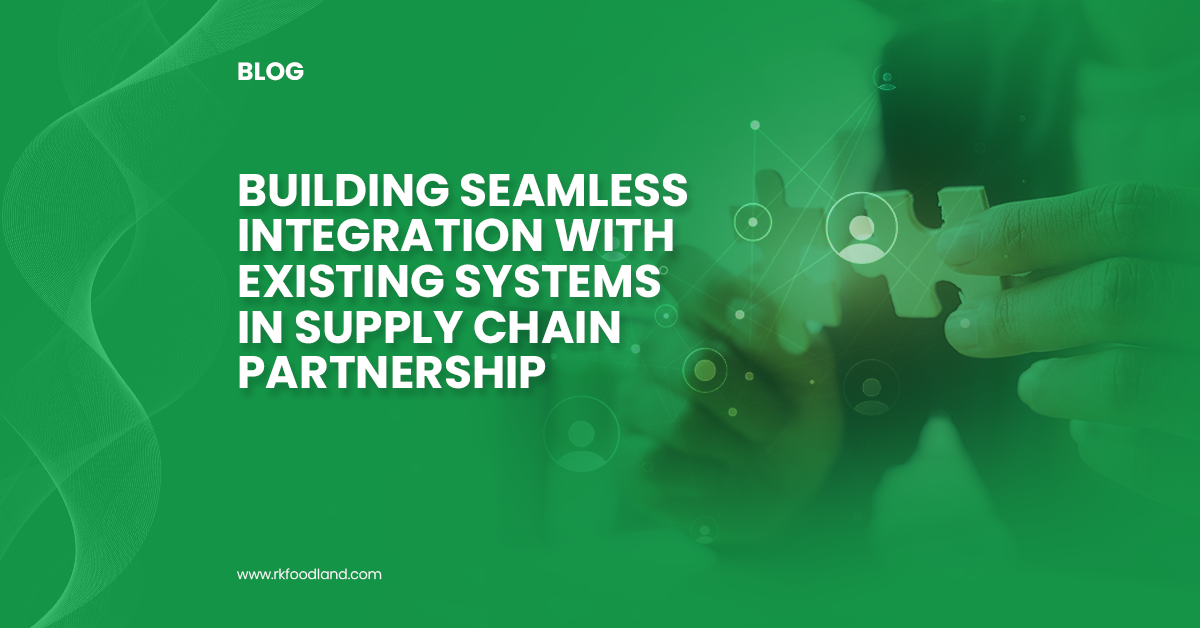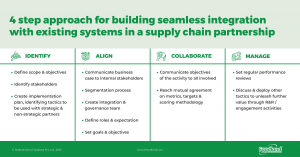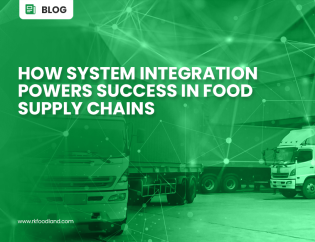
In today’s demand-driven consumption markets, supply chain partnerships are becoming increasingly important as a way for businesses to access new markets with advance technologies, and more resources. However, for these partnerships to succeed, it is essential that they are able to operate seamlessly and efficiently. For which, system integration is of significant importance, as it ensures different systems and processes work together effectively and efficiently. Without seamless system integration, partnerships are at risk of data errors, delays, and other issues that can undermine their effectiveness and impact the businesses’ ability to succeed in today’s highly competitive markets.
Navigating the Challenges of a Demand-Driven Market: The Role of Seamless System Integration
The process of system integration refers to combination of multiple systems, applications, and databases to allow for the smooth exchange of data. This enables partners to quickly access and analyse data, leading to faster and more informed decision making, which is essential in today’s fast-paced business environment. 80% enterprise business operations leaders say data integration is critical to ongoing operations. Seamless system integration also helps organizations to become more lean and agile, allowing them to quickly adapt to changing demands and respond to new opportunities. Research also shows that fully integrated companies tend to outperform their less integrated counterparts by about 20%. Therefore, seamless system integration is of significant importance for food businesses to achieve resiliency in today’s BANI World.
Optimizing Your Operations: A Systematic Approach to System Integration
To establish system integration for seamless exchange of data, it is necessary to define the goals and objectives of integration. This ensures that the integration is relevant, focused, and effective, and that it meets the needs of partners involved. We have put together a 4 step approach that businesses can take to initiate system integration:
- Identify the systems and processes that will be involved in the integration, as well as the specific goals and objectives that the integration is intended to achieve.
- Align the systems and processes of the different partners to ensure that they are compatible and able to work together effectively. This may involve creating new interfaces or connectors, updating existing systems, or implementing new software or technologies.
- Collaborate with partners and stakeholders to ensure that their systems and processes are aligned and integrated effectively. Establish clear communication channels and work closely with partners to ensure that their needs are met.
- Manage the integration process to ensure that it remains smooth and efficient over time. This may involve regularly monitoring and maintaining the integration, making updates or changes to the systems and processes involved, or implementing new technologies or approaches as needed.

By following this process, it is possible to ensure that systems and processes are compatible and able to work together effectively, and that the integration remains smooth and efficient over time.
Maximizing Your Partnership Potential: The Assured Outcomes of Seamless System Integration
Seamless system integration can lead to a range of significant outcomes in a supply chain partnership:
- By quickly accessing and analysing data from multiple systems, teams can make faster and more informed decisions, ultimately improving efficiency and accuracy.
- Streamlining the system can reduce costs associated with data errors and improve the utilization of working capital.
- Improved transparency of processes can lead to increased customer satisfaction and better collaboration with partners and stakeholders.
- Improves visibility, eliminates data redundancy, and reduces lead times, leading to a more innovative and future-ready supply chain.
Seamless system integration also helps organizations to become more resilient in the face of global economic and geopolitical challenges by reducing the risk of being vulnerable in times of uncertainties and disruptions.
In conclusion, system integration is the key to unlocking full potential of your supply chain partnership in today’s demand-driven market. By aligning systems and processes of different partners and continually managing and maintaining the integration, businesses can not only improve efficiency, control costs, and increase customer satisfaction, but they can also gain a competitive edge over their less integrated counterparts.
Are you ready to take your partnership to the next level through seamless data exchange? Partner with a supply chain specialist who understands the value of system integration and can help you achieve exponential outcomes. Our team has the expertise and resources to guide you through the process of integrating your systems and processes, ensuring smooth and efficient data exchange.
Connect with us to learn more about how we can help you unlock the full potential of your supply chain partnership through system integration.









